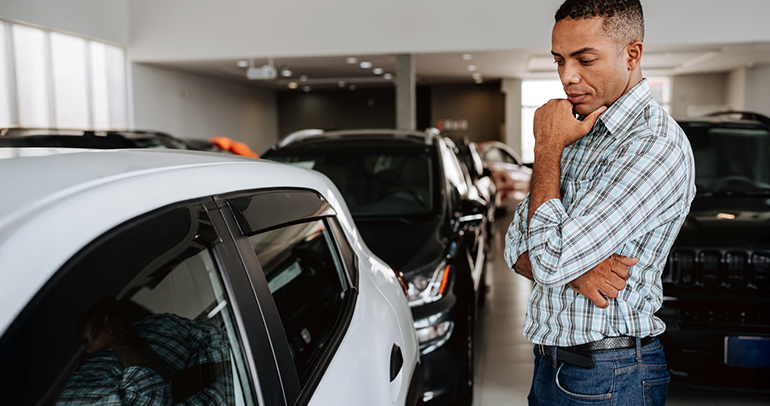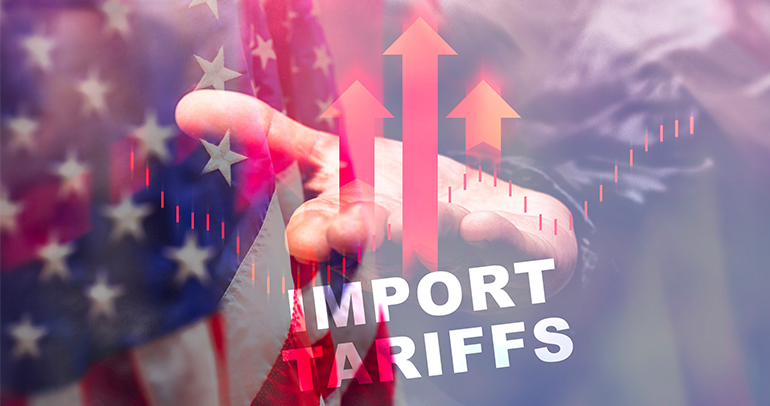
With the rebranding of Escalent, we recently ventured out as an entire company for an event. All local team members here in our Michigan-based headquarters boarded charter buses and headed to the beautiful Port of Detroit Waterview Loft for a celebration in a rejuvenated downtown Detroit. I sat quietly in my seat against the window, giving me an opportunity to peer out at the world and separate myself for a couple hours from the research back on my desk.
I couldn’t turn it off, though. Riding along the highway, I found myself looking down on the vehicles below, passing our bus on their way. As a moderator and a proponent of observational research, I discovered an ideal tool for observing in-vehicle behavior—I could see down into passenger vehicles from my perch on high, one after the next, and my questions started multiplying.
I was surprised by how many people were driving in their cars alone and yet two cup holders were filled. And often with bottles and mugs and cups—not necessarily other stuff. Could that many people not be cleaning out their cars of old drinks? Are Americans just severely dehydrated? If there was a third cup holder, would it also get used?
More than half of those drivers were on their phone and I was surprised by how many people balanced them on their legs or laps. They clearly have a need to put their phones in a useful position, were not using hands-free options, and didn’t invest in another phone-holding or cradling device. Is there a more simple alternative to hands-free (like Velcro on their pants!?).
Plastic grocery bags are a more common mechanism for transporting stuff than I realized. It seemed like most drivers have a grocery bag in the passenger seat. What was in those bags and why do they sit there unsecured in the cabin? So many of those seats were filled with stuff. Do we need to design a passenger seat to hold something other than a passenger most of the time? How will we translate people’s car clutter into intelligence on user experience, such as maximizing storage and ease of access to what people carry in their vehicles?
And as fully autonomous vehicles inch nearer to reality, how will we adapt driver and passenger seats to user behaviors? When vehicles are entirely self-driving, could seats become more like rocking chairs or convert into beds, as we see on airplanes?
My curiosity was piqued and I had to dig a bit deeper. Turning to our Escalent Automotive Consumer Pulse Study, an online survey* conducted monthly among approximately 1,000 US adults 18 years of age and older, I asked a couple of questions to find out how often vehicle owners use passenger seats and for what. It turns out, over 90% at least sometimes place items in the seat when the front passenger seat is not occupied by a person. And nearly one third always place things in the passenger seat. What do they put in the passenger seat? Common items include backpacks, purses or wallets, food or groceries, laptops or briefcases, bags, cellphones, and clothes.
I certainly witnessed this from my perch in the charter bus. I saw a lot of vehicles in a short time-frame and I found myself thinking later that I should have been snapping photos of each one along the way—although, maybe that was a bad idea and a bit invasive! My bus seat high above the traffic was a point of view I’d never considered before and now I’m eager to find a way to turn this experience into more learning.
Check out our AV Report
Our team dug into how automotive and mobility companies can encourage autonomous vehicle (AV) adoption amid consumers who fear self-driving technologies.
Click the button below to read our report, An Autonomous Future: Building Trust in a Driverless World.
*The data collected by the Escalent Automotive Consumer Pulse Study are weighted to ensure relevant demographic characteristics of the sample matched those of the US general population. All respondents are weighted to US Census Bureau demographic profiles for the US population 18+ years of age on gender, age, income and ethnicity.
Note: This blog was updated on March 26, 2025.









